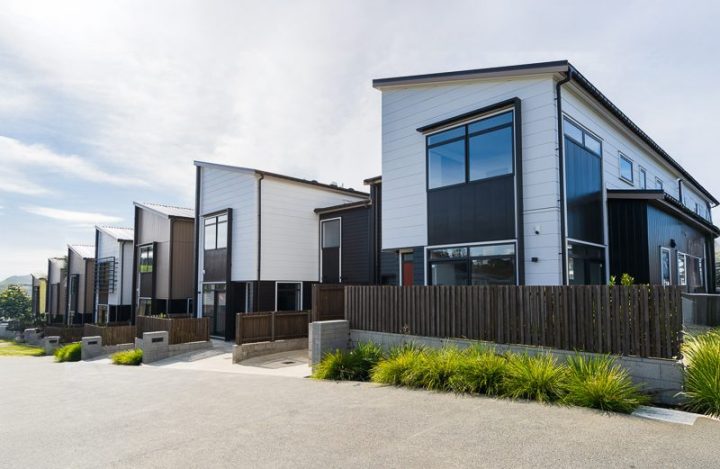
Construction costs show minor uptick
Tax changes, high levels of existing stock on the market, and credit-constrained buyers have compounded the building industry slowdown, holding construction cost growth low for more than 18 months.
CoreLogic’s latest Cordell Construction Cost Index (CCCI) recorded a 1.1% rise in the September quarter, reversing the fall recorded in Q2. It marks the first time quarterly growth has exceeded 1% since December 2022.
However, the annual growth rate remains subdued at 1.3%, the second lowest since late 2013 and well below the long-term average growth rate of 4.3%. CoreLogic Chief Property Economist Kelvin Davidson says overall construction cost growth remains subdued, reflecting an easing of pressure for both labour and materials. The index recorded a drop in sub-contractor charge-out rates in Q3, alongside many plumbing materials such as PVC piping, although the cost for materials such as window hardware and kitchen joinery rose over the period. 
“The wider residential construction sector has been in a downturn for about two years now, with dwelling consents falling and actual workloads subsequently declining too,”
Kelvin says.
“The industry has come off extreme highs recorded during Covid, and building activity remains solid when compared to previous cycles. Even so, it does look like there is capacity opening up, which has reduced the pressure on costs.” He adds that the industry is grappling with additional challenges, as many households remain financially cautious despite falling mortgage rates, and the number of established property listings available for sale remains high.
New Zealand currently has about 26,000 properties listed for sale—up from 23,000 at the same time last year and double the 13,000 that were available in 2021. “With such an elevated stock of existing listings, there’s less incentive for buyers to consider new-build properties,” he believes. “The shortening of the Bright-line Test and the reinstatement of mortgage interest deductibility for all properties regardless of age has also lessened the appeal of new builds.”
The supply pipeline has also slowed, with annual dwelling consents peaking at about 51,000 in May 2022 before falling 34% to 33,632 in August this year. Actual construction workloads, measured by ‘work put in place’, are down around 15% from their peak.
He says, however, that signs of life might just be starting to emerge in the industry, noting that the Reserve Bank of New Zealand’s newly introduced debt-to-income ratio restrictions, which exempt new builds, could help stimulate demand in this segment. Further interest rate cuts and improvements in the labour market are also likely to have a positive impact on construction activity into 2025.



